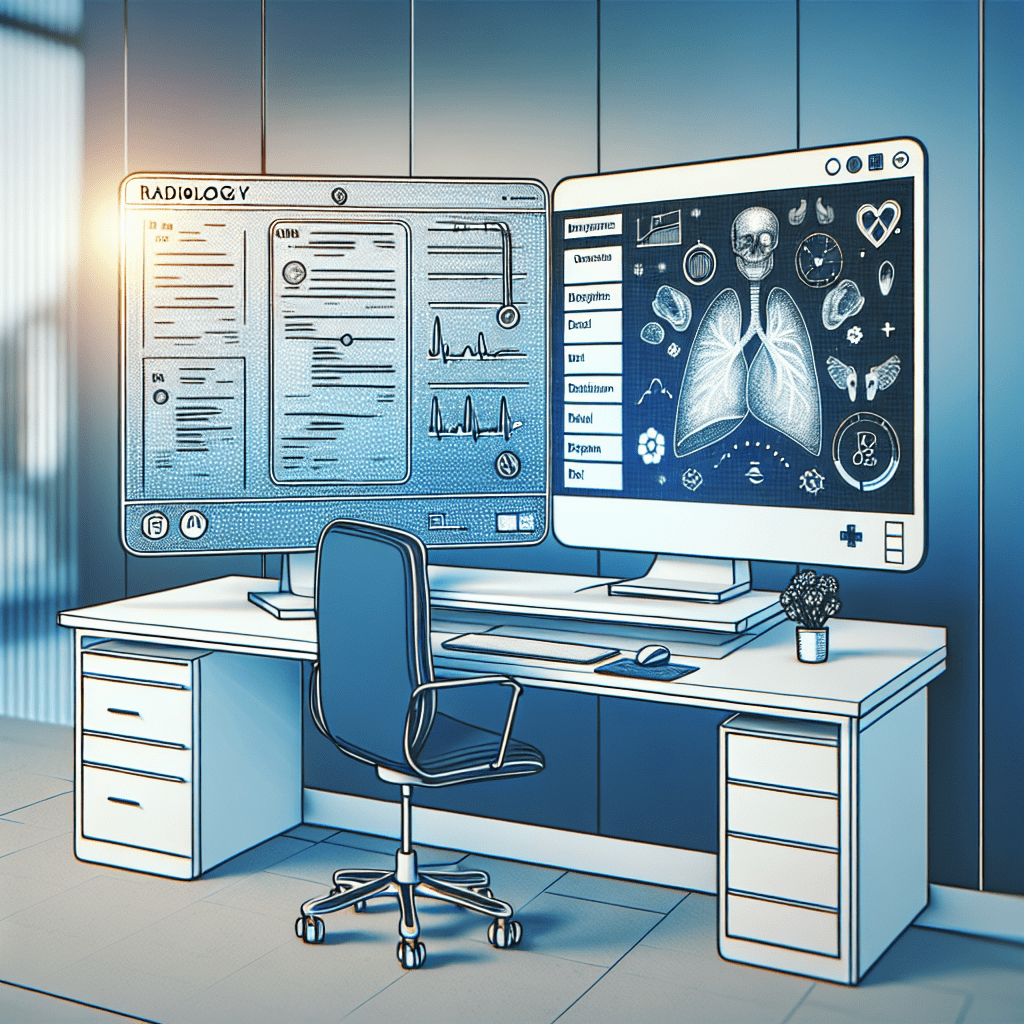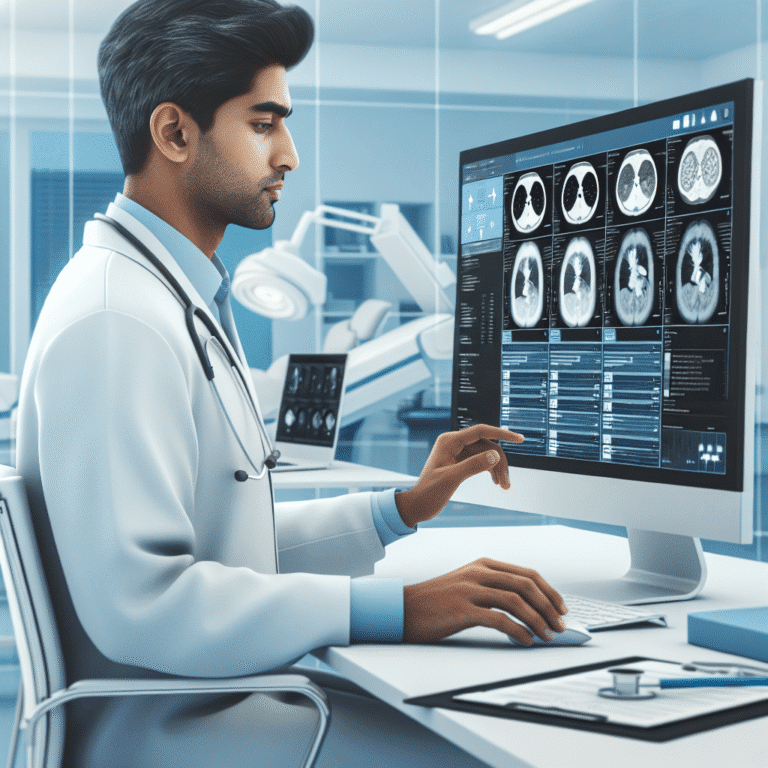Rad Report AI: the tool that revolutionizes radiology reporting
Discover how Rad Report AI transforms daily practice and enhances communication with clinicians.
Introduction
In the fast-paced world of radiology, efficiency and accuracy are paramount. Rad Report AI emerges as a groundbreaking tool that leverages artificial intelligence to streamline the creation of radiology reports. By integrating advanced AI algorithms, Rad Report AI assists radiologists in producing comprehensive and precise reports, ultimately enhancing communication with referring clinicians and improving patient care.
Understanding the Impact of Rad Report AI on Radiology Reporting
Radiology reporting is a critical component of patient diagnosis and treatment planning. Traditional methods can be time-consuming and prone to human error. Rad Report AI addresses these challenges by offering a solution that not only speeds up the reporting process but also enhances the quality of the reports.
- Time Efficiency: Automates repetitive tasks and provides voice dictation capabilities, significantly reducing report generation time.
- Improved Accuracy: AI-driven suggestions help minimize errors and ensure consistency.
- Enhanced Communication: Clear and concise reports improve collaboration between radiologists and clinicians, leading to better patient outcomes.
How Rad Report AI Works
Rad Report AI utilizes sophisticated algorithms to analyze imaging data and assist radiologists in crafting reports. The tool integrates seamlessly with existing radiology information systems (RIS) and picture archiving and communication systems (PACS), ensuring a smooth workflow.
Key Features of Rad Report AI
- Voice Dictation: Radiologists can dictate findings directly into the system, which transcribes speech into text with high accuracy.
- AI-Powered Suggestions: Real-time prompts based on imaging data help ensure all relevant details are included.
- Customizable Templates: Users can create and adapt templates to maintain consistency across reports.
These features enhance reporting speed and quality while reducing cognitive load, allowing radiologists to focus on critical diagnostic tasks.
Integrating Rad Report AI into Daily Practice
Implementing Rad Report AI requires minimal disruption. Its compatibility with existing systems means radiologists can quickly adapt without extensive training or workflow changes.
A free trial is available, offering a risk-free opportunity to experience the benefits firsthand.
Sample Radiology Report Template
Patient Name: [Name] Date of Birth: [DOB] Study Date: [Date] Modality: [CT/MRI/X-ray] Findings: - [Finding 1] - [Finding 2] Impression: - [Conclusion] Recommendations: - [Recommendation]
This template can be customized within Rad Report AI to meet the specific needs of different radiology departments, ensuring reports are comprehensive and tailored to individual cases.
The Future of Radiology with Rad Report AI
The integration of AI into radiology is not just a trend but a significant advancement in medical technology. According to a study published by the National Center for Biotechnology Information, AI has the potential to transform diagnostic processes, making them more efficient and accurate.
Rad Report AI is at the forefront of this transformation, offering a glimpse into the future of radiology where AI and human expertise work hand in hand to deliver superior patient care.
As AI technology evolves, its role in radiology will expand, offering even more tools and capabilities to support radiologists. For further insights, the Radiological Society of North America provides extensive resources and research findings.
Try Rad Report AI For Free
Experience faster, smarter reporting today.


